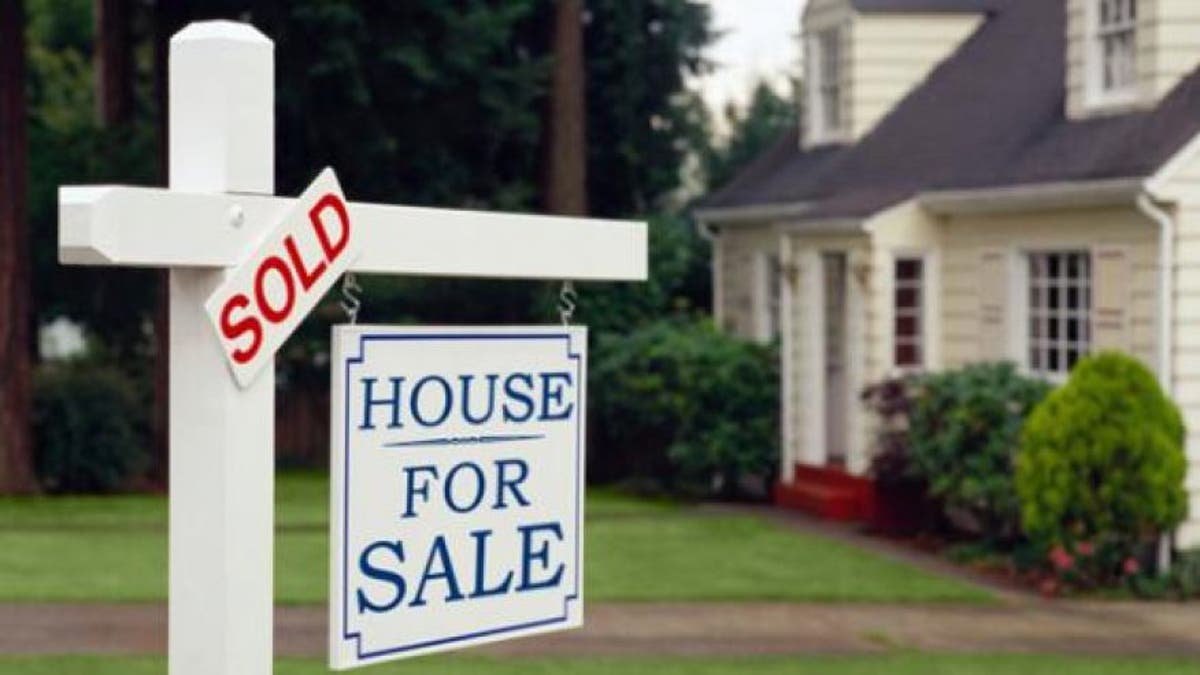
If you’ve sold a home, then you’re probably familiar with the capital gains tax – the government’s way of getting a piece of the accrued appreciation in your home. If you’ve owned your house for more than a year, congratulations – you have an investment asset. Before you decide to sell your primary residence, a second home or a business property, you need to understand the math.
Capital gains tax is what you pay on any profit from the sale of an investment.
Principal residence exclusion is a tax benefit extended to homeowners who sell their primary residence. The first $250,000 profit on the sale of the home is excluded from capital gains tax. (And it’s $250,000 per owner. If a home is jointly owned, that equals a $500,000 exclusion.) So if you paid $500,000 for your home and sell it for $800,000, you’ve made a $300,000 gain – only $50,000 of which is subject to taxation. And if you and your spouse jointly make the sale, the entire $300,000 is covered within the exclusion, so you owe no capital gains tax on the transaction. Since many of us buy and sell homes in a more modest price range, we may never even hit the taxable threshold.
1031 Exchange applies to defer income tax on the sale of business assets, investment properties such as apartment buildings, and even vacation homes (as long as they meet defined criteria as investments). As the name implies, this tax benefit kicks in when you swap one investment property for another. While there are specific guidelines that cover each type of transaction, there are some general rules that must be followed:
- The exchange must be “like-in-kind.” This definition can be surprisingly liberal, and a good real estate lawyer can help you negotiate the rules here.
- If the replacement property is identified and available and the owner wishes to acquire your property, the exchange may be a simultaneous swap of the relinquished property for the replacement property.
- If the replacement property is not identified or otherwise available at the time you sell the relinquished property, or if the owner of the replacement property is not interested in acquiring your relinquished property, you can sell your relinquished property now and acquire your replacement property within 180 days. The sale proceeds from the relinquished property must be held by a third party middleman until used to buy the replacement property.
- Within 45 days of the sale of your relinquished property, you must designate to the intermediary, in writing, the replacement property you wish to acquire. You then have 135 days to close.
- If you wish to buy the replacement property before you are able to sell the relinquished property, the exchange may be deferred for 180 days after you acquire the replacement property. You’ll need to use a third party middleman to hold title to your replacement property until the relinquished property is sold, and the 45-day notice rule applies.
- If you meet all the requirements for a Section 1031 like-kind exchange, your tax basis on the relinquished property carries over the replacement property and there is no taxable income unless the purchase price for the replacement property is less than the sales price of the relinquished property.
While you will always want professional guidance when doing this kind of swap, there are three things to have in mind from the start:
- Be aware of “passive liability.” In other words, if you have a $1 million mortgage, do a swap and acquire a property with a mortgage of $900,000, you have “gained” $100,000 in the eyes of the taxman. If you are buying and selling large investment properties, these gains can add up quickly.
- To “exchange” a vacation or second home, that home must be an investment property. If you are planning to swap a vacation home, you need to make the case that it is an active investment. Usually that means being able to show paying tenants for at least a year. To ensure that you do not swap an investment property for a primary residence, a 2008 IRS ruling created a “safe harbor” for dwellings in a 1031 exchange. To meet the safe harbor rule, in each of two years immediately following the exchange, the home must be rented to another person for 14 days or more, and you may not use the home for more than 14 days (or 10 percent of the total number of days the home is rented in a 12-month period).
- An exchanged vacation home cannot become a primary residence for purposes of taking advantage of the principle residence exclusion. Property acquired in a 1031 exchange is subject to a five-year-period of exclusion from the principal residence capital gains tax benefit.